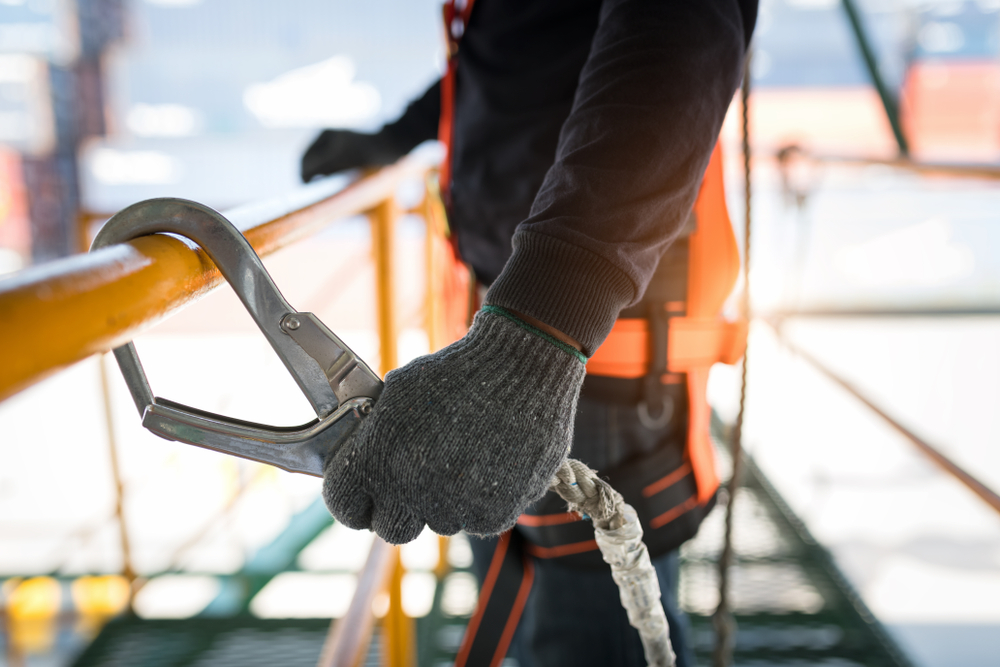How to Ensure Your Scaffold is Safe and Secure
When operated on safely, scaffolding can be an effective way for workers to reach very high levels in order to complete their tasks. However, when scaffolding is not used in a safe manner, it can be extremely dangerous.
If the scaffold is considered to be unsafe on a building site, workers have the right to refuse to work on it. This is why it’s crucial for all managers and supervisors to know how to maintain a safe and secure working environment. Employers have the responsibility to ensure that any work performed is carried out in the safest way possible.
For this article, we will share a few essential ways to ensure your scaffold will be safe and secure so that the end result of your construction will not only look impressive, but also so the project can be carried out without any accidents.
Plan Ahead
Being organised and making a plan will make your job easier as well as save you time and money. Planning ahead also ensures all the equipment to complete the structure will be readily available when the materials are required. By doing this, you will not be missing any important parts and your structure will meet all health and safety legislations.
Having a well laid out plan in place allows you to visualise the structure. When placing orders for equipment and materials, you will have everything you need. Sketches can help illustrate the structure to your scaffold team so that they can visualise it too. All of this makes bringing your visualisation into reality significantly easier.
Conditions of The Construction Ground
Examining the conditions of the ground and the foundation of when your scaffold will be erected is crucial. Working on uneven ground can be dangerous as it can lead to collapsing scaffold parts which can endanger workers as well as passersby. Look out for any drains or patches of soft ground.Working on these surfaces can become problematic very quickly. The working grounds should be firm and even in all weather conditions, this is to support the weight of the scaffold as well as any load carried on it.
Create A Safe Structure
Using safety decking gives you a safe working platform for your workers. The decking fits tightly together and ensures materials will not fall through the cracks, especially at heights. Make sure scaffolding is tied properly to the building under construction for maximum stability and for extra reassurance.
Safety First
The safety of your workers should be your top priority. PPE including hard hats, safety harnesses, protective gloves, top capped non-slip boots, ear muffs, and goggles must be worn at all times while working on scaffolding. Safe equipment also needs to be installed on scaffolding, such as safety rails and access gates to prevent anyone from falling from a height. Handrail edge protection guides personnel around the site and prevents falls for both workers and materials.
Regular Inspections
Scaffolding needs to be regularly checked out and inspected before being used. An inspection log has to be completed daily. It includes details of any deterioration and signs of broken or partially damaged planks, handrails, and decking. The erected scaffolding should be inspected before it’s used for the first time and then every 7 days until it is taken down. It should also be inspected every time it’s hit with conditions that could cause damage. For example, after harsh weather conditions or any substantial alteration.
Safe Scaffolding Services At Network Scaffold
At Network Scaffold, the safety of both employers and their workers is a top priority to us. If you have any questions on how to improve the safety of your scaffolding structures or if you would like to enquire about our scaffolding services, please don’t hesitate to contact us.

